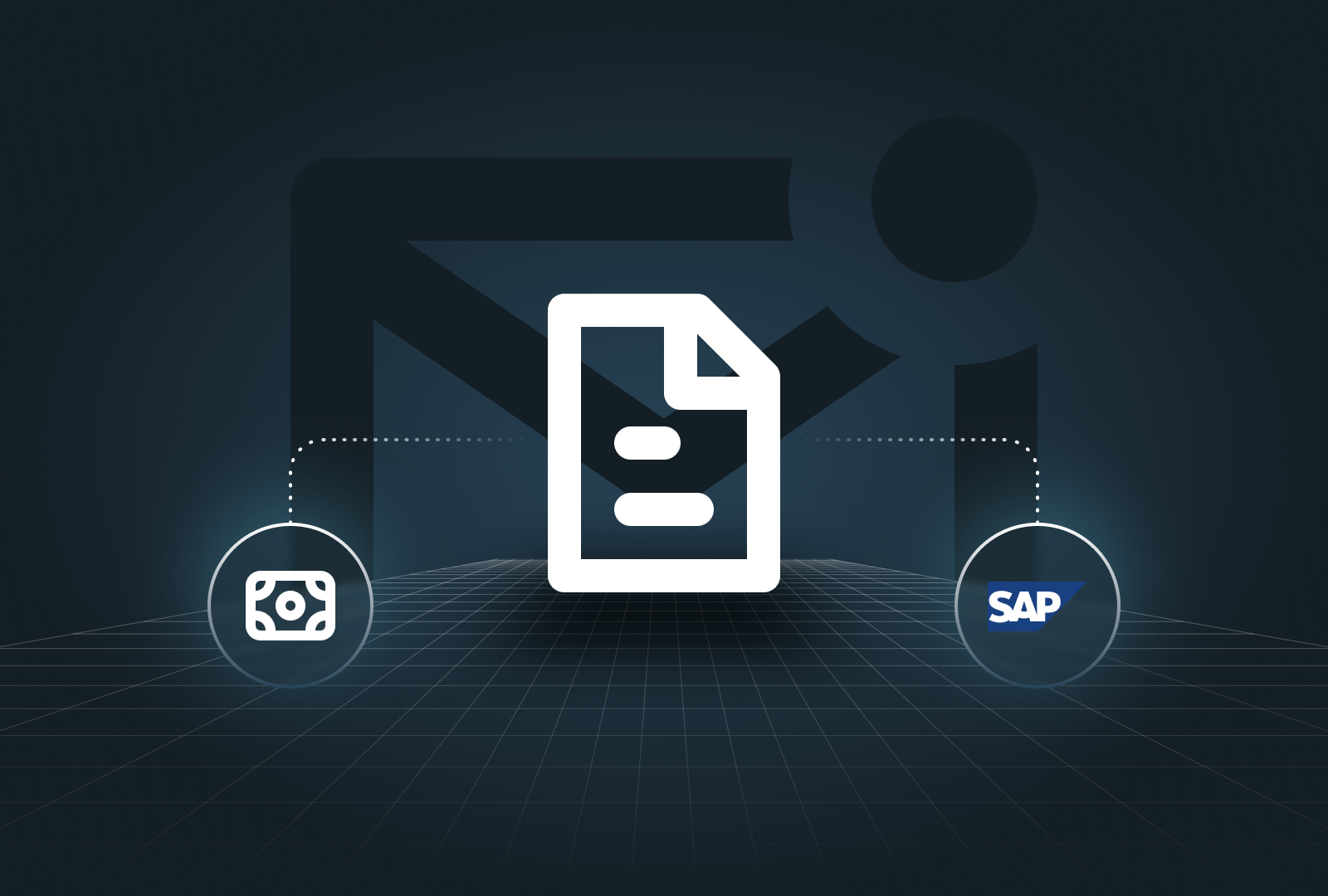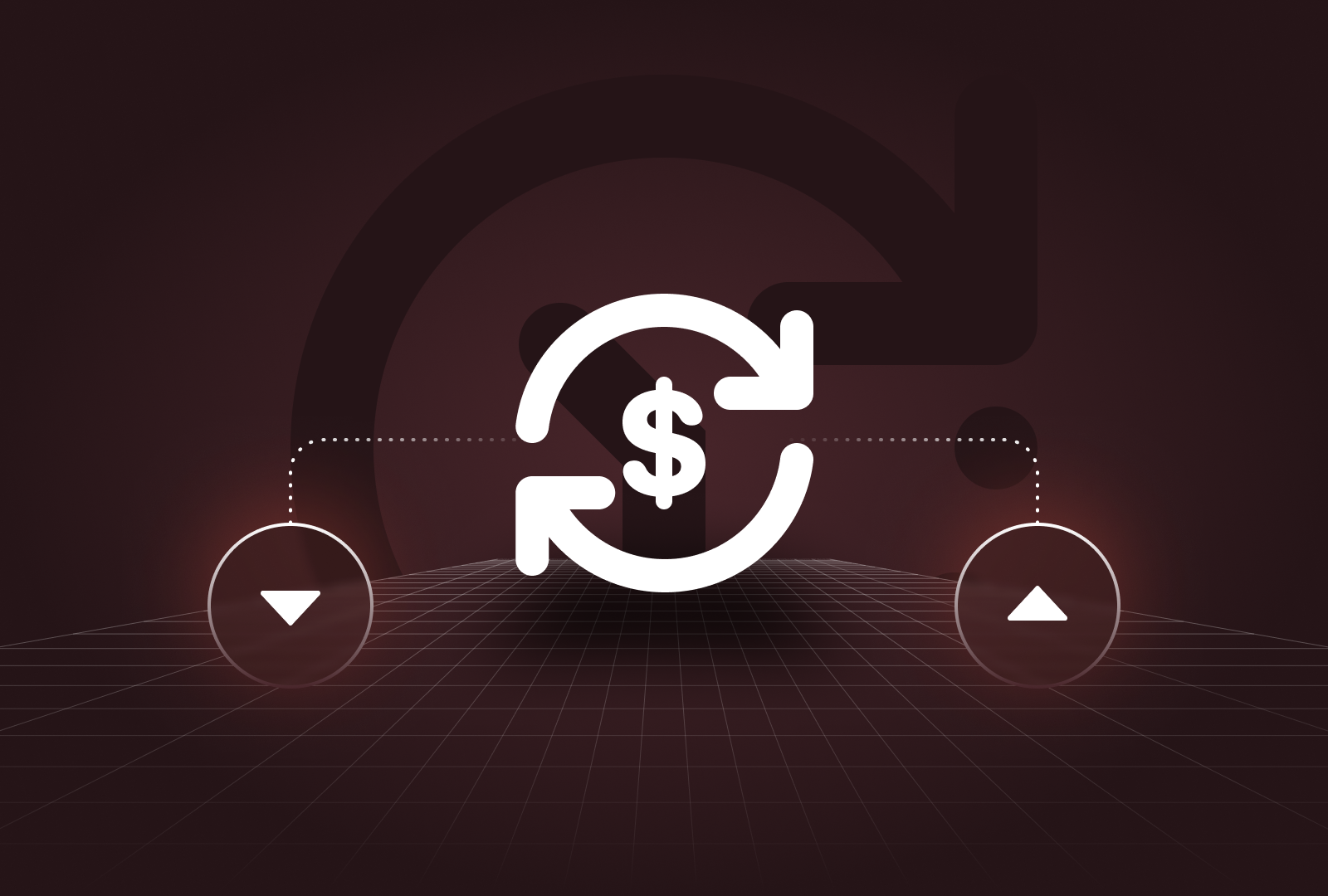Spend analysis is a critical process for companies that look to reduce expenses and implement best procurement practices. By conducting spend analysis, meaning examining data and spending trends, a company can find new ways to cut costs, strengthen its supplier relationships, and make more informed financial decisions. This guide will cover key elements, benefits, and the latest developments in the field of spend analysis. It will also examine practical examples of how modern spend analysis methods and tools help companies fulfill their growth objectives more easily.
What Is Spend Analysis?
Definition and Key Objectives of Spend Analysis
Spend analysis is the process of gathering, categorizing, and analyzing a company’s procurement data, while the main goal of this activity is to single out trends in spending and to pinpoint areas that should or could be improved. Then, based on these insights, financial teams can improve cost control and optimize resource allocation. At the most general level, thanks to efficient spend analysis and data, companies are able to make well-informed strategic decisions.
The Role of Real-Time Data in Spend Analysis
Spend analysis relies heavily on real-time data, i.e. the type of data that provides companies with the most recent information on procurement activities. As a result, a business can quickly adjust its spend management relative to changes in market conditions. Additionally, thanks to real-time insights, companies can monitor budgets, detect spending patterns, and improve their financial planning in general.
Data Collection and Categorization
Comprehensive data collection is a prerequisite for successful spend analysis. Typically, this means collecting invoices, purchase orders, and payment records. The next step is classification. To put it differently, after being collected, this data has to be categorized by different criteria — for example, "supplier", "category", or "department". These categories are important because it's the segmentation of data that ultimately allows companies to identify crucial spending patterns and potential opportunities for savings.
Spend Categorization for Strategic Decision-Making
The process of data categorization is essential for matching procurement objectives with business objectives as well. By classifying expenditures into key, strategic categories, companies gain clear visibility of high-impact spending areas. This categorization is the future basis of informed decision-making, meaning a shift in focus toward the most important suppliers and budget optimization.
Benefits of Implementing Spend Analysis
Identifying Cost-Saving Opportunities
The most obvious benefit of spend analysis is singling out the areas in which costs can be reduced. The implementation of spend analysis detects inefficiencies, and companies can then streamline their procurement management. They can negotiate better rates with suppliers too. Finally, thanks to successful spend analysis, companies can reallocate resources to tasks of higher, strategic importance or invest more in growth.
Improving Supplier Performance and Negotiation
Another advantage of successfully implementing spend analysis has to do with detailed insight into how suppliers are performing. In other words, a business can easily evaluate reliability, delivery times, and product quality. Of course, this data can then be used in negotiations to secure more favorable contract terms or to simply strengthen relationships with key suppliers. Improved supplier performance is a benefit in itself, as it translates to more supply chain efficiency.
Enhancing Budget Control and Financial Planning
Spend analysis provides companies with accurate spend data, and these insights also lead to more control over budgets and improvements in the process of financial planning. In short, as a result of spend analysis, financial teams can track spending against budget objectives — and then adjust allocations accordingly. Obviously, this is beneficial in attempts to avoid budget overruns but also in maintaining general financial stability.
Challenges in Conducting Spend Analysis
Managing Data Complexity and Quality
Probably the biggest challenge in spend analysis is managing large volumes of data from various sources and, at the same time, ensuring its accuracy. Data that is inconsistent or incomplete can hinder analysis, resulting in partial or completely incorrect insights. To avoid such outcomes and maintain data quality, companies need to conduct rigorous procedures in data management practices.
Overcoming Resistance to Process Changes
Another challenge that may arise in implementing modern spend analysis procedures is employee resistance, especially if they are accustomed to traditional procurement practices. In this regard, clear communication and training are crucial. Clearly communicating the benefits of streamlined processes and data-based decision-making can help achieve smooth adoption.
Spend Analysis Tools and Technology
Automation and AI in Spend Analysis
Automation and AI technologies are significantly transforming and improving spend analysis. Mainly, this is due to the reduction in manual data entry and the automation of categorizing spend data. These tools can analyze large data structures quickly, and as a result, they quickly uncover insights and highlight trends, which is invaluable in strategic decision-making. Additionally, AI analytics can produce precise spend forecasts, which is beneficial in the context of optimizing procurement management.
Payflows AI Solutions
Payflows offers exactly these kinds of AI-driven solutions. Data capture, categorization, reporting — all of this is automated. For example, tools such as AI Financial Analyst and AI Cost Saver can quickly provide insights into spending patterns and highlight savings opportunities. Again, this ultimately improves overall procurement efficiency.
Integration with Procurement Systems
If companies want their spend analysis to be effective and accurate, it is necessary to successfully integrate these platforms with existing procurement systems. An integrated system helps ensure a smooth flow of data, and it is this flow that provides financial teams with real-time visibility and streamlined reporting. Therefore, the connection of spend analysis tools with ERP and accounting software is essential in the attempt to achieve a unified view of financial data across departments.
Real-Time Analytics for Responsive Spend Management
Real-time analytics are important because they allow a company to analyze spending dynamically. Such analysis then enables responsive management. Basically, financial teams can access spend data as the spending happens, and they can make the right adjustments to align with budget goals. Additionally, real-time data is useful when addressing anomalies and mitigating potential risks.
Future Trends in Spend Analysis
Predictive Analytics for Spend Forecasting
These days, the spend analysis process is being transformed mainly by predictive analytics. Thanks to predictive analytics, an organization can forecast spending trends based on a mix of historical and real-time procurement data. This advancement helps companies allocate budgets and resources proactively and, by doing so, maximize savings and minimize financial risk at the same time. Simply put, by utilizing predictive analytics, a company can better align its financial planning. This will then ensure more reliable performance while making data-driven decisions will strengthen long-term financial stability.
ESG and Sustainable Spend Practices
Recently, organizations have been increasingly emphasizing Environmental, Social, and Governance (ESG) metrics. That’s why sustainable procurement practices are becoming a key part of modern spend analysis. Nowadays, companies can track supplier compliance with ESG standards more effectively and identify those who align with both their corporate values and regulatory requirements. This focus on sustainability supports social responsibility, of course. But it also drives performance by improving transparency and reducing supply chain risks. Spend analysis software that includes ESG capabilities can help businesses identify opportunities for both ethical procurement and long-term success.
Conclusion
Whether it’s about optimizing procurement, reducing costs, or achieving better supplier relationships, spend analysis plays a vital role in any business's financial operations and management. Thanks to advanced tools that can automatically identify cost-saving opportunities, manage procurement categories, and enhance supplier performance, companies today are gaining a strategic advantage.
Payflows is following these trends. For example, Payflows’ solution Intake to Pay can supply companies with deep process and savings insights, empowering them in their efforts to optimize spend management. The tool helps organizations identify process bottlenecks and improve workflows. These services allow users to drill down into data by supplier, category, or team for granular analysis, ultimately flagging duplicative applications and providing a basis for targeted savings across financial processes.





.png)
.png)





.png)



